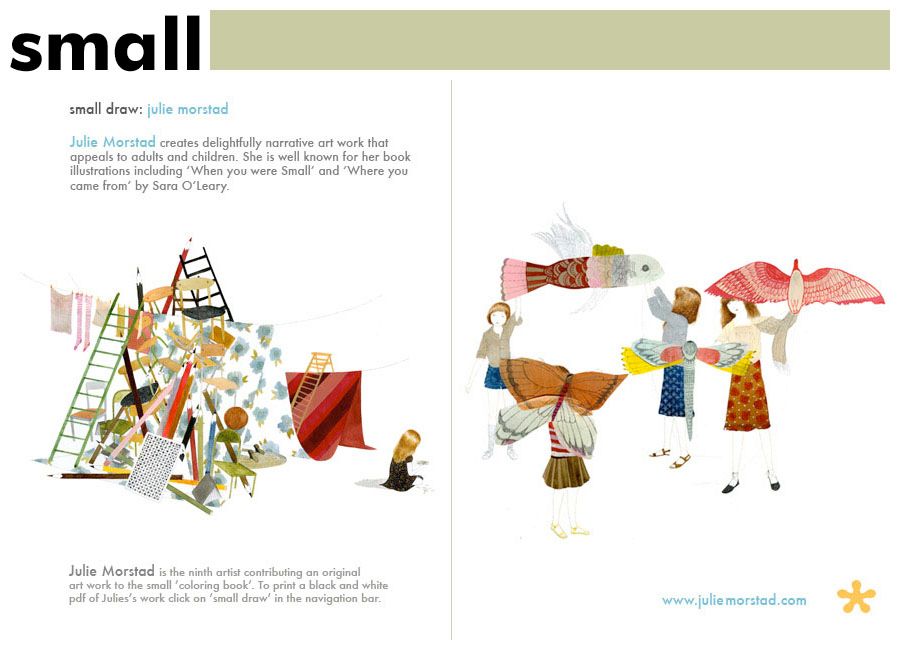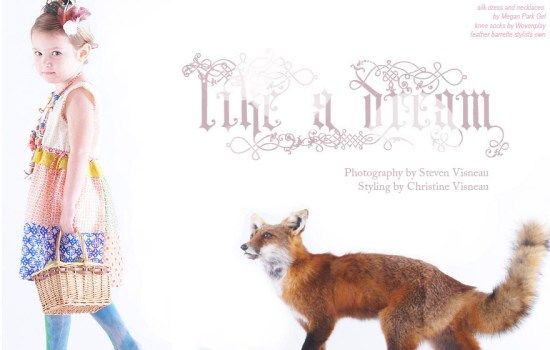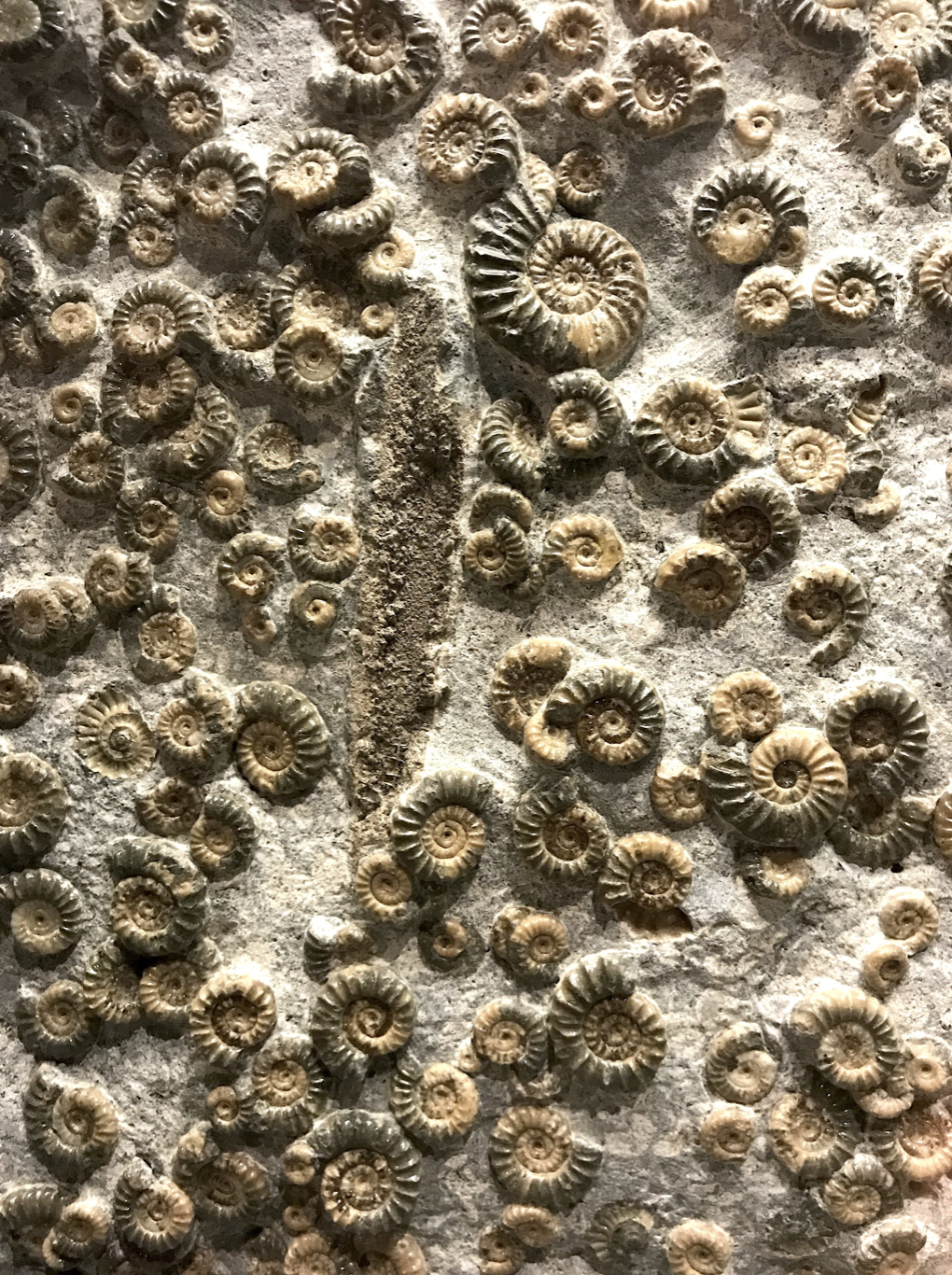“The most extraordinary thing in the world is an ordinary man and an ordinary woman and their ordinary children.”
-G.K. Chesterton
When I was three, I liked to scatter my mom’s magazines on the floor, sit in the mess, and flip each glossy page. She figured out early that I was the literary type who needed a room of my own. Though we lived in a cramped apartment, she converted the generous closet space in my bedroom to a playhouse with a table and chairs, yellow wooden toy chest, and a bookcase. After setting stuffed animals on the window sill and hanging my artwork on the walls, she looked at all that she had made and saw that it was good. She also kept coloring books, water paints, paper, and crayons on the coffee table in the den – a room often filled with music, dancing, family, friends, and general, festive chaos.
Both of my parents shaped us to have artful mindsets, but my mom sees the world through different eyes than most. She finds a way to make every task fun, imaginative, and colorful. It’s carried into my adulthood – I have never seen more beauty in the world than I do now. I don’t have children yet, so I take advantage of these quiet times to plan and think forward. I bookmark kid-friendly web sites when I’m feeling wistful and dreamy.
One site I revisit is Small magazine, started by two friends, Christine Visneau and Olivia Pintos-Lopez, who bonded while sharing an apartment in Brooklyn, and continued a friendship all the way to their current hometown of Dallas, TX. They first thought to publish an online magazine when Christine had difficulty drumming up publicity for her children’s clothing line, Baby Bean. Feeling the collective pain of often-overlooked independent designers who cannot afford the advertising rates of traditional magazines, they reached into their entrepreneurial spirits and unearthed Small in the spring of 2007, offering a free e-mail subscription. Their friendship-based business expanded to include Christine’s photographer/drummer husband, Steven, as the photo editor. The market for “creative people working on a small scale and for the smaller sized” was thirsty – a year ago, the two innovative editors had over 100,000 smitten viewers around the world.
Diminuitively Creative
The magazine is called Small because it focuses on children and items tailored to their diminutive stature, but it is not a parenting magazine. Each diptych of virtual pages presents a feast of visual poetry for aesthetically-sensitive readers, who find whimsical fashion spreads of vintage and hand-sewn clothing worn by winsome children – the styling is often the co-editors’ handiwork. One page peeks into rooms with furniture crafted by small, independent designers. Another sprouts treehouses on your screen, and eco-friendly handwoven willow playhouses straight from a fairy tale-dream. There are dollhouses, built with modern architecture. Bento boxes trump the standard metal box and thermos contraption.
The table of contents presents regular, varietal features such as “Small Draw” – a coloring book pieced together by printing a black & white PDF of an artist’s work from each online edition. “Small Bites” are recipes that put Lunchables to shame; the Spring ’09 edition featured a honey nut granola bar recipe by Heidi Swanson of the 101 Cookbooks web site and the Super Natural Cooking book fame. “Small Beats” interviews kid-friendly independent musicians as opposed to baffling pop culture icons. “Small Photo” is a conceptual project asking a photographer to respond to the idea of “small.” I love “Small Something,” a collage of delightful items never to be found in a garish Toys ‘R Us store. New “Small” features are added with each edition, making for a publication that strives to improve, and the only child-related publication to catch my pre-kid eye.

Care-fully Creative
Small magazine understands the importance of creative parenting, much like my artistic mother and family members who handmade some of the clothes I wore as a child. Some say that motherhood is boring, but they may simply lack imagination. Small fosters an imaginative daily family routine, one apart from the materialistically dictatorial TV commercials. Our culture needs parents who care for and play with their children – grown-ups need to play, too. Adults ought to plant an artistic spirit inside of kids so that whatever they grow up to be – painter or pediatrician, musician or mathematician – they will think creatively in their field of expertise. They will see beauty in any sphere of life and grasp for what is truly good.
Child-rearing is a heroic vocation. Florence Nightingale said, “I am of certain convinced that the greatest heroes are those who do their duty in the daily grind of domestic affairs whilst the world whirls as a maddening dreidel.” As the owner of two cats, parenting seems daunting; my friends are some of my heroines, full of courage and selflessness. They give up so much as the world whizzes by. Understandably, they often feel as if more significant events occur in a public platform or an exotic location, but in reality they have the opportunity and instincts to raise up people of importance right in their hearth and home.
Small also brings good art into all things childlike, inside the modern homestead. It introduces little ones to photography, design, and visual art that any adult would admire as well – I can’t take my eyes off Julie Morstad’s narrative, color-flooded work. Small proves that the transcendence of art is reciprocal, able to speak to any age as long as it is crafted well.

The eclecticism promotes the Renaissance kid, one interested in all things, not just the typical, pre-fab line of items based on the latest cartoon, or the standard palette of pink or blue. It promotes wise consumption in an age of greedy consumerism. To find the items featured in Small, you have to hunt further than the local Wal-Mart. Parents can find safe, handmade playthings that keep them from having to succumb to toxic toy scares. It is even an artful utilization of cyberspace, a positive web location for mother (or father) and child to view and enjoy together.
Small is pro-kid. It takes parenthood seriously enough to display it beautifully. Children – our own or those in our sphere of influence – are the future culture-makers. Their minds will soak up truth and beauty like a sponge. Perhaps when all seems wrong in the world, it is good to dive into the mind of a child by way of Small.



